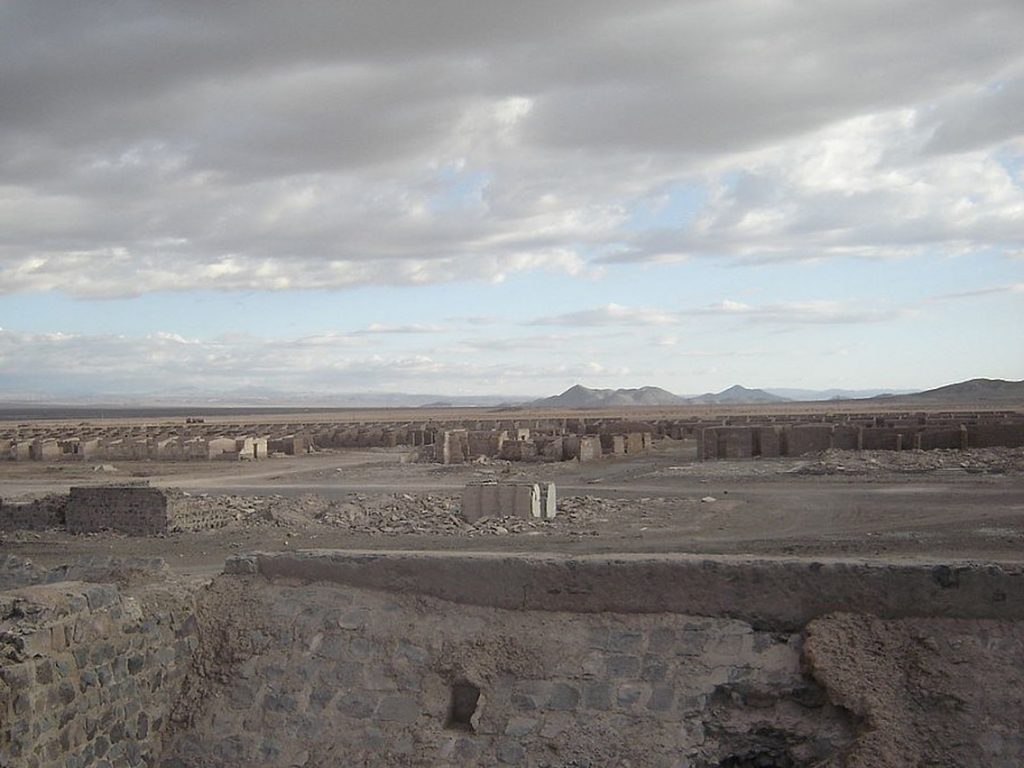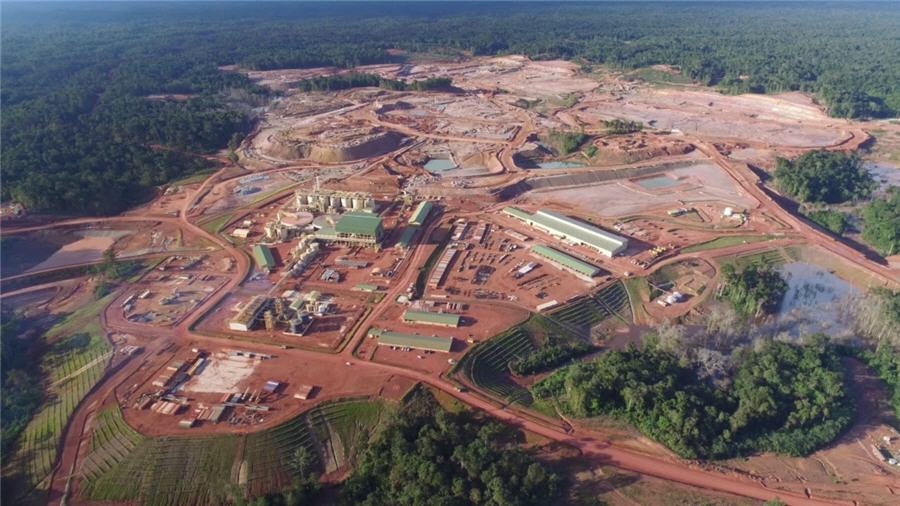Ghost towns that pepper the nation’s north are a painful reminder of a time when it was replaced almost overnight as the world’s top fertilizer producer. These days, the decaying buildings and rusty plants serve as a harbinger for miners embarking on a major expansion of lithium.
Lithium prices have tripled in three years, triggering a race to find a replacement for the soft, white mineral that is used to make batteries for a range of products from electric cars to mobile phones. As researchers at institutions from the U.S. Department of Energy to Stanford University work behind the scenes to come up with a chemical alternative, local mining executives say Chile’s boom-to-bust past often weighs on the back of their minds.
While miner Soc. Quimica & Minera de Chile SA, or SQM, believes the lithium business “will go on for a while,” Chief Executive Officer Patricio de Solminihac acknowledges they always need to keep an eye out for the next big development. The nature of disruptive technologies means “they come out of nowhere and develop incredibly fast,” he said.
That’s what happened back in the early 20th century, when German scientists invented a synthetic crop fertilizer that could be produced much cheaper than the mined nitrates that Chile was shipping around the world. Nitrate prices tumbled, and in the 1930s, Chile’s economy collapsed as miners went bankrupt. The government defaulted on foreign debt, social unrest forced the president to flee into exile and the once-buzzing mining camps in the Atacama Desert turned to ghost towns, crumbling under the harsh sun and wind.
While lithium today isn’t the linchpin of Chile’s economy (that would be copper), miners are aggressively expanding production. Chile sits atop the world’s biggest stash of lithium, with an estimated 47 percent of global reserves.
Chile sits atop the world’s biggest stash of lithium, with an estimated 47 percent of global reserves.
China and Australia come next, with about 20 percent and 17 percent of reserves, respectively.
The industry has boomed as electric vehicles and electricity-storage devices become available to more consumers. Producers are already struggling to keep up. Looking ahead, the market will remain tight, with demand for lithium set to increase by 12 percent a year over the next two decades, according to Santiago-based lithium consultant SignumBOX.
Vincent Sprenkle, a research manager at the U.S. Department of Energy’s Pacific Northwest National Laboratory, said a replacement could be developed within five years to help meet that demand. It would take a few more years for it to become commercial.
“In the past, the time between the moment of invention and its commercial application has been decades,” he said by telephone from Richland, Washington. “But with so much effort going into battery development now, this could happen quicker than we’ve typically seen.”
That hasn’t damped miners’ appetite for big new lithium projects. This month, China’s Tianqi Lithium Corp. announced it will become SQM’s second-biggest shareholder in a $4.1 billion deal.
SQM is investing $525 million to almost quadruple output at its Chilean operations by early 2021, and U.S.-based Albemarle Corp. will invest $500 million this year to expand operations in Chile and China and build a new mine in Australia.
Overall, the industry will require a capital investment of about $10 billion over the next decade to meet demand, de Solminihac told shareholders last month.
“We often ask experts what’s next on the battery space and they say advanced lithium batteries, which increase the amount of lithium,” said David Klanecky, vice-president of Albemarle’s lithium division. “We think we have a bright future in front of us.”
Much of the investment is concentrated in the same desert that was the epicenter of Chile’s nitrate boom. Trucks transporting raw lithium from the salt flats to processing plants drive beside old railways that used to carry nitrate to ports. What remains of the ghost towns, often just scattered groups of brick walls or the silhouettes of houses that haven’t yet collapsed, is visible from the road.
A nearby cemetery is a testament to the frenzied activity that once consumed the mining town of Chacabuco. The graveyard is so crowded that the wooden-cross markers touch. Through the decades, a thick layer of the nitrate-rich soil that covers the desert has been blown over the graves of those who used to mine it.
“The Atacama remains Chile’s greatest provider of wealth,” said Sergio Gonzalez, a historian at Tarapaca University, who won the country’s National History Prize in 2014. “There’s always a risk of substitution, but the problem comes when the country doesn’t invest enough in technology to strengthen the industry and generate competitive advantages.”
(Written by Laura Millan Lombrana)


Comments